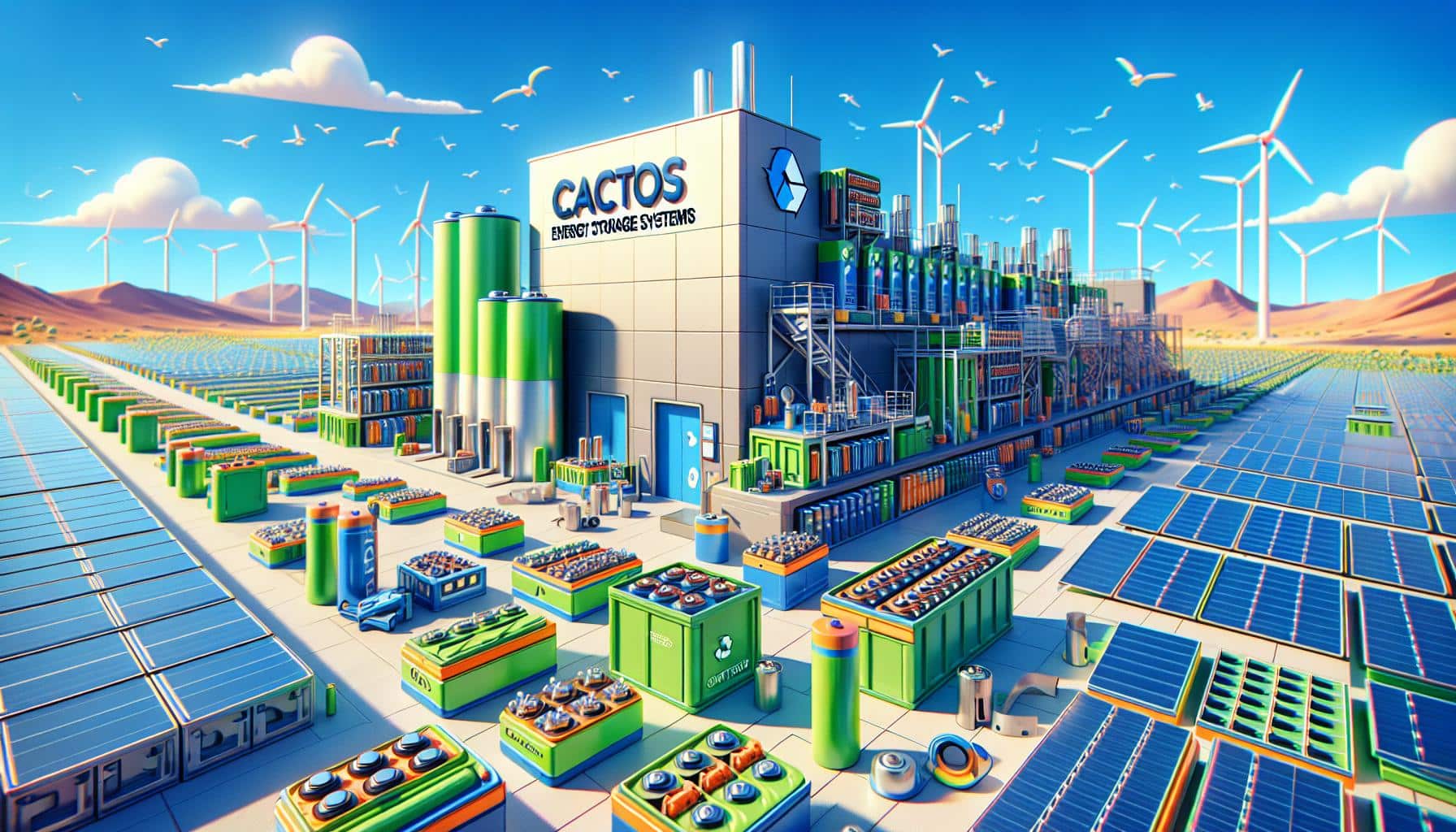Historic Drought Spurs Panama Canal to Launch Major Infrastructure Projects
The Panama Canal Authority is undertaking significant infrastructure developments to mitigate the impact of severe droughts that have recently disrupted canal operations. Dependent on freshwater from rainfall, the canal faced unprecedented challenges from late 2022 through 2024, resulting in reduced vessel transits and cargo weight restrictions to conserve water.
Strategic Importance to U.S. and Global Trade
The canal is a critical artery for global commerce, especially for the United States, which accounts for approximately 73% of Panama Canal traffic and 40% of U.S. container shipments. Annually, around $270 billion worth of cargo passes through this key maritime route.
Innovative Land Bridge and Natural Gas Pipeline
In response to these challenges, the Panama Canal Authority initiated a pre-qualification process in April 2025 to select concessionaires for constructing a land bridge connecting the Atlantic and Pacific coasts. This project includes a flagship natural gas liquids (NGL) pipeline designed to transport liquefied petroleum gas, ethane, butane, and propane from the Atlantic side to a Pacific port terminal. The pipeline aims to reduce dependence on water levels in the canal and improve reliability for LNG shipments, which have declined by 66% during the drought period.
Administrator Ricaurte Vásquez highlighted that U.S. energy companies are highly interested in this alternative route. The land bridge would also feature container and roll-on/roll-off cargo terminals on both coasts, potentially attracting increased LNG traffic and enhancing trade flows to Asia, particularly Japan, a major energy importer.
Rio Indo Dam to Bolster Water Supply
Complementing the land bridge, the Panama Canal Authority has approved the construction of the Rio Indo dam and associated tunnel project. Scheduled to begin in 2027 with completion by 2032, the $1.6 billion project will augment the freshwater supply to Lake Gatun, essential for canal lock operations. The dam is expected to offset water loss, especially from the older Panamax locks, which consume approximately 50-52 million gallons per vessel transit. The newer Neo-Panamax locks recover about 60% of water used.
The dam’s construction will require relocating roughly 2,500 residents from communities that will be flooded, a process that has already met with local resistance, as reported by CNBC.
Long-Term Solutions Amid Near-Term Vulnerabilities
Despite these ambitious projects, neither will be completed before the anticipated El Niño weather event in 2027, which could exacerbate drought conditions. While portions of the land bridge may be operational by then, the natural gas pipeline is projected to be finished only by 2030-2031.
This timeline underscores the canal’s ongoing vulnerability to climate variability and the urgent need for adaptive infrastructure to sustain one of the world’s most vital trade corridors.
FinOracleAI — Market View
The Panama Canal Authority’s infrastructure initiatives represent a strategic response to climate-induced operational risks that have materially impacted canal throughput and associated trade flows. By diversifying transit options through the land bridge and natural gas pipeline, the canal aims to restore reliability and attract LNG traffic, crucial for energy trade between the U.S. and Asia.
However, the multi-year timelines and significant community displacement risks introduce execution uncertainties. Market participants should monitor project milestones, regional weather developments, and shifts in shipping routes, particularly whether LNG carriers revert to using the canal or continue circumventing Africa.
Impact: positive













